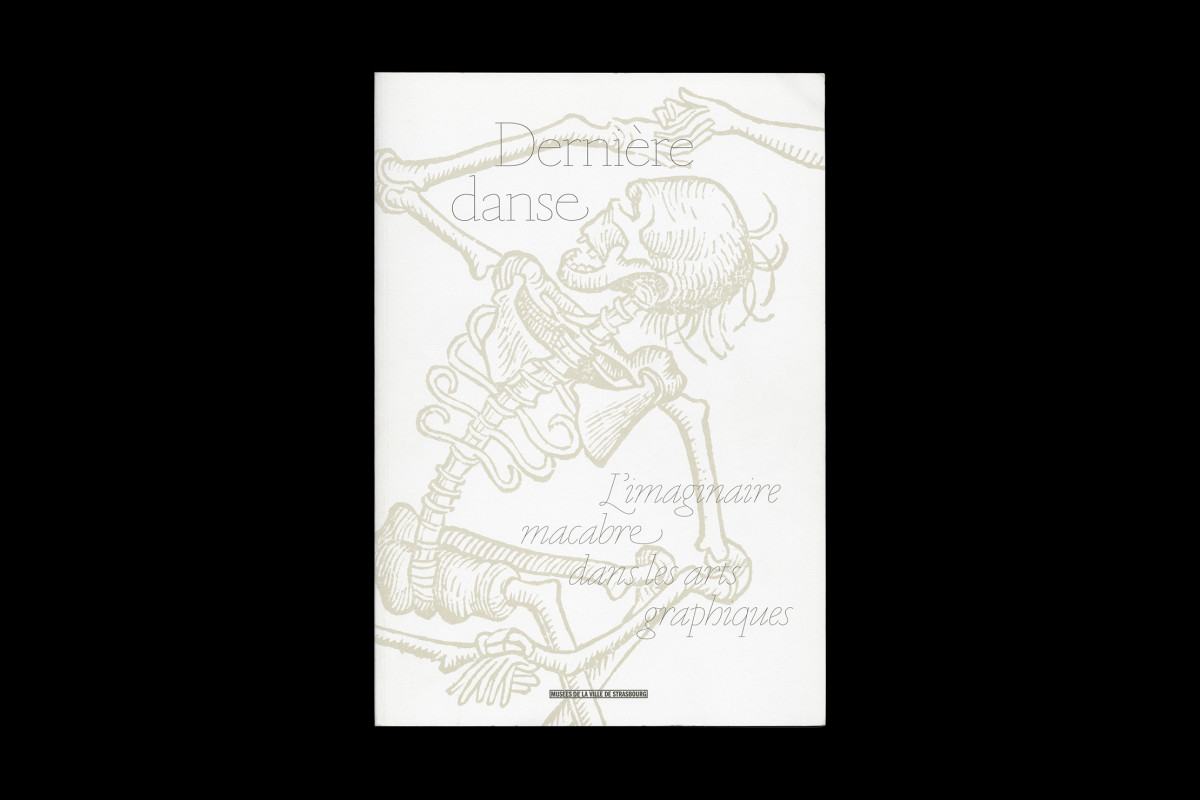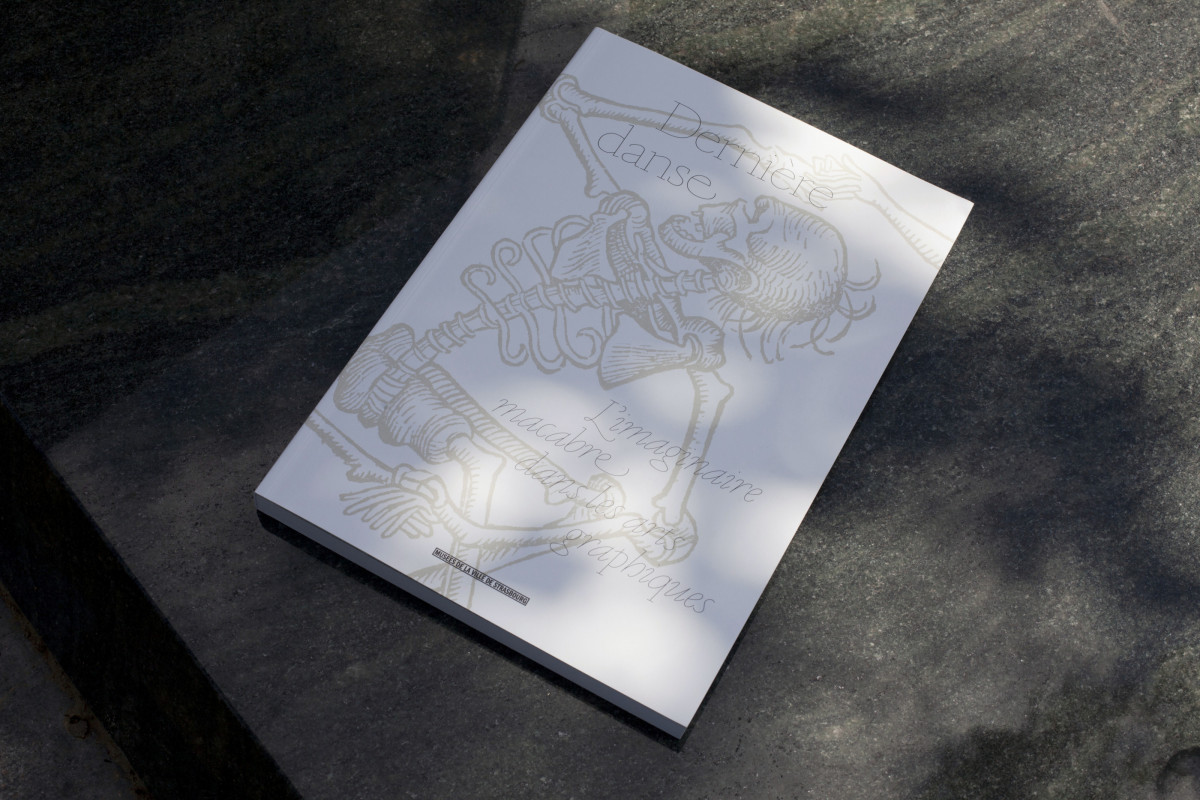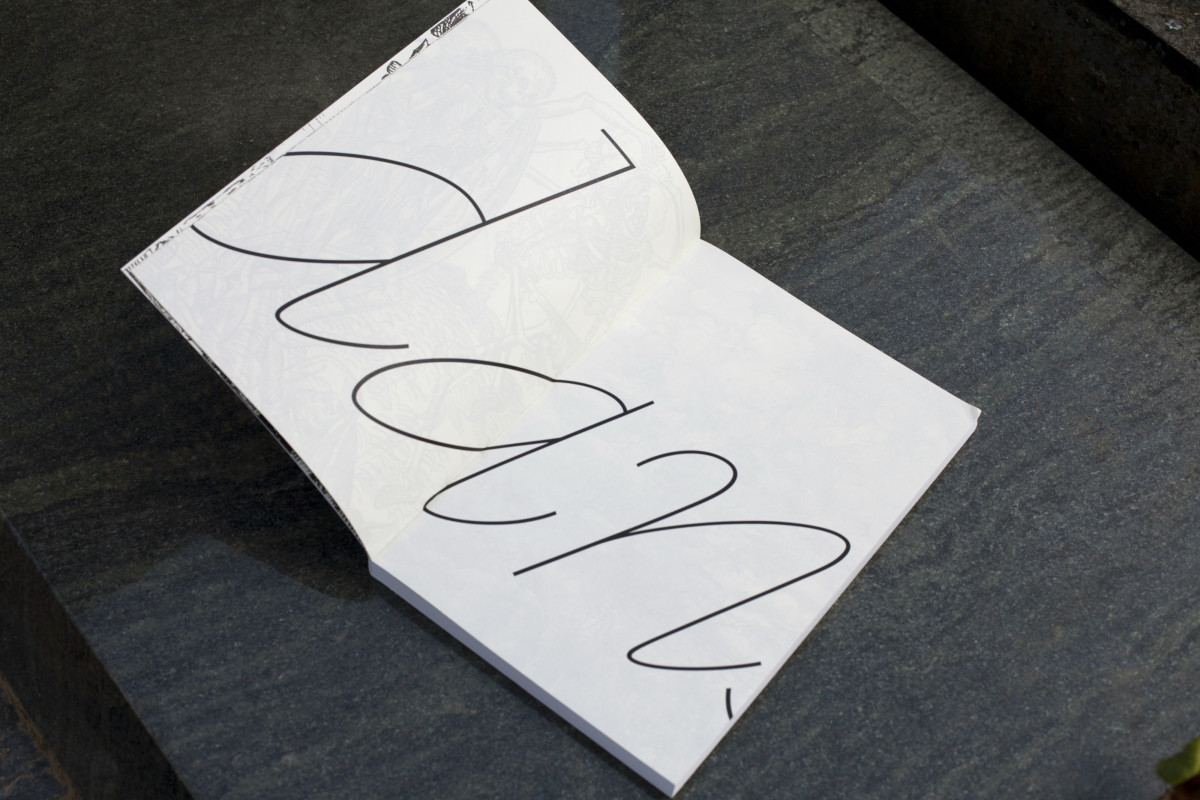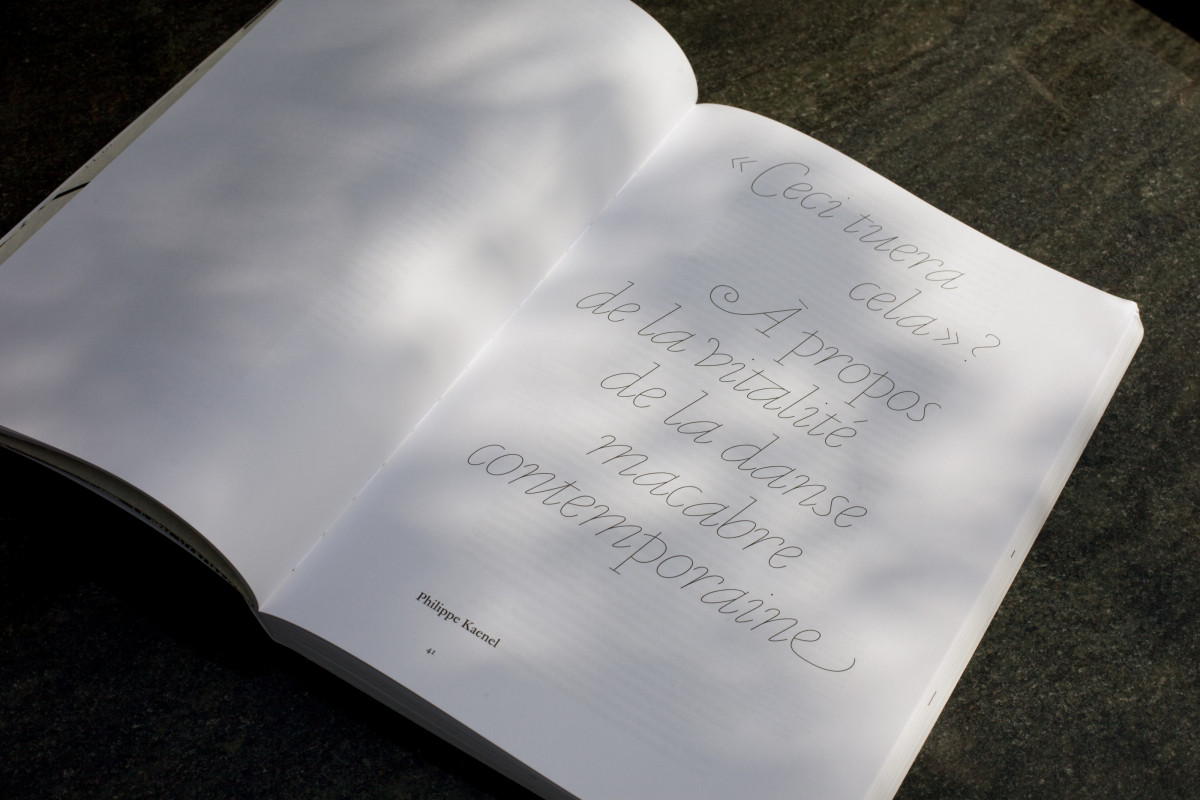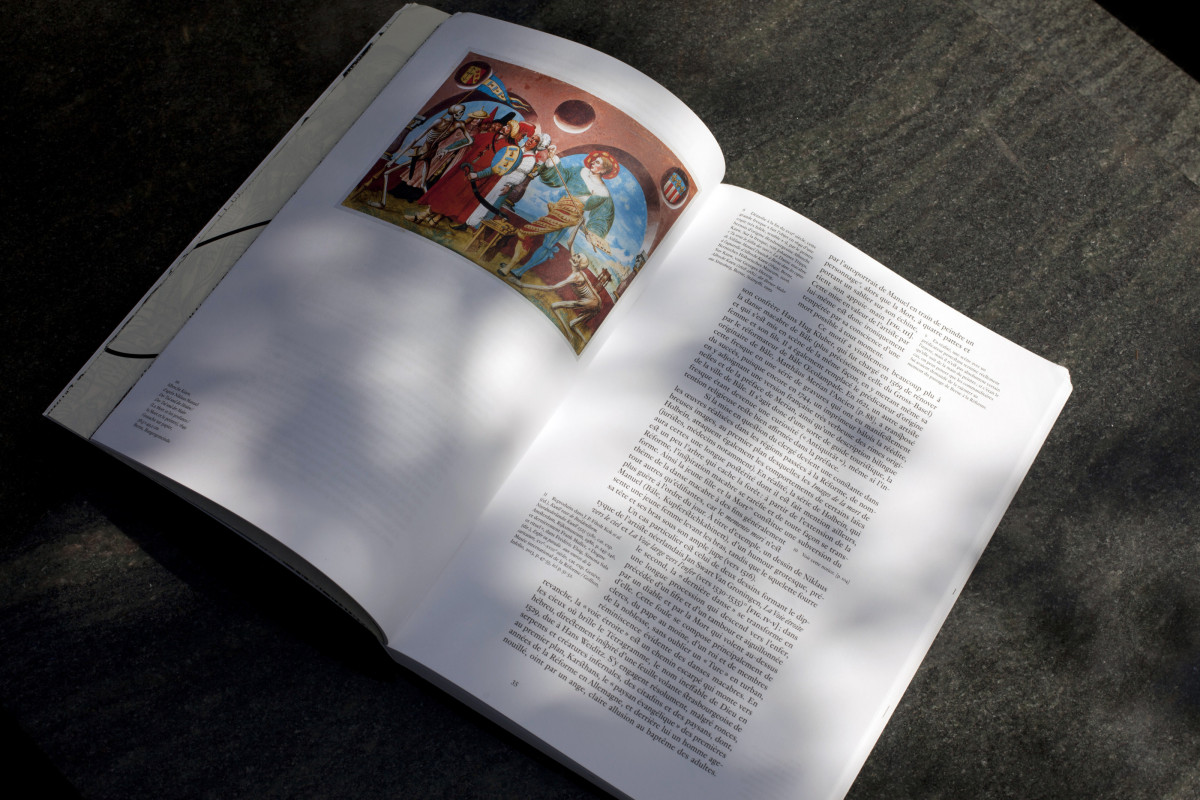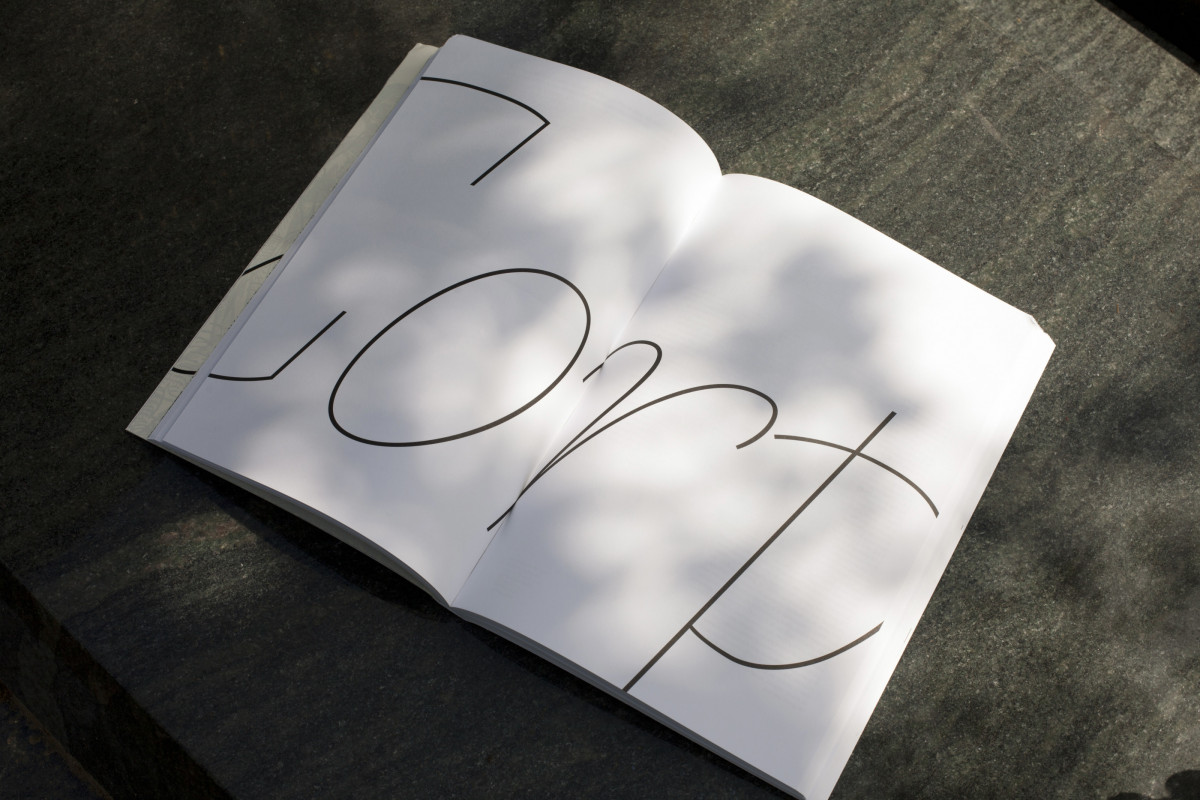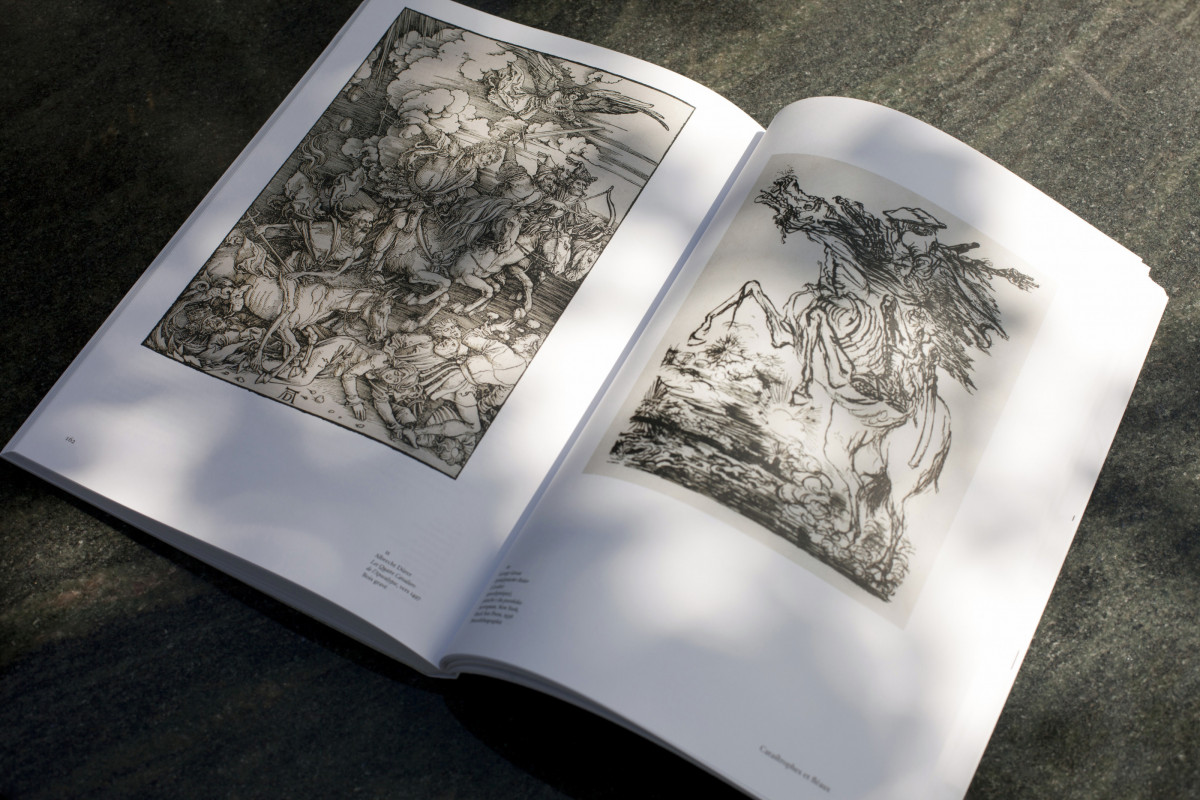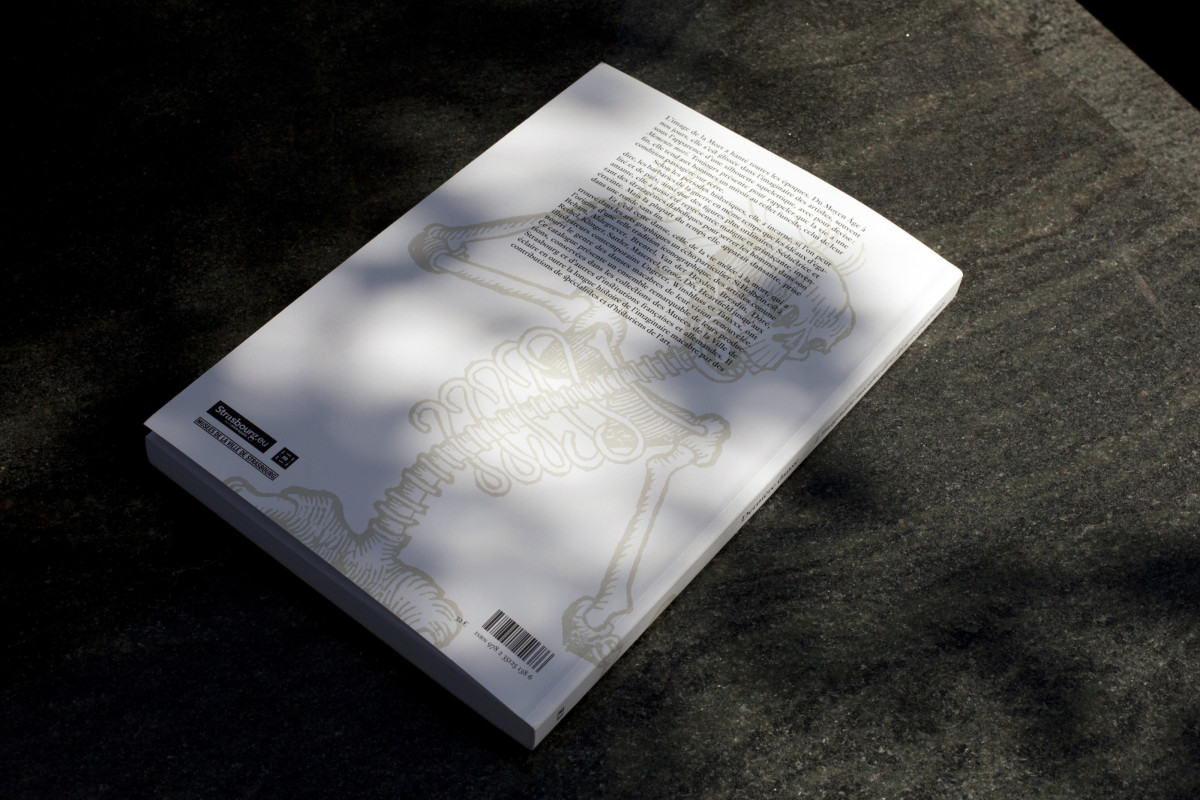The exhibition Dernière danse [Last Dance] shows the iconographic variants of the macabre dance theme in Strasbourg's museums, at the Galerie Heitz in the Palais Rohan, Strasbourg, from 21 May to 29 August 2016.
Curator: Florian Siffer and Franck Knoery.
« À l’origine, les danses macabres servaient de memento mori, c’est-à-dire que le spectateur, ayant devant les yeux l’inéluctabilité de la mort, quels que soient son âge, son sexe ou son statut, devait faire le bilan de sa vie pour espérer être sauvé de la damnation. » [“Originally, the dances of death served as memento mori, meaning that the spectator, facing the inevitability of death, regardless of age, gender or status, had to review his or her life in the hope of being saved from damnation.”] Frank Muller, p.29
« Objet de représentation civique, sociale et religieuse, la danse macabre se présente avant tout comme un miroir. » [“Object of civic, social and religious representation, the dance of death is above all presented as a mirror.”] Philippe Kaenel, p.44
The catalogue of the exhibition Dernière danse [Last Dance], for the Musées de la Ville de Strasbourg shows the iconographic variants of the macabre dance theme in Strasbourg's museums. The layout, white and airy, proposes a design of the subject both in the composition of the essays—densely justified texts forming a central column into which the notes are inserted—and in the typefaces used: François Rappo's Genath distributed by Optimo, used for the running texts, has its source in a Basel foundry in 1720, as does the macabre subject, inspired by the primitive models of the Basel Dominicans' frescoes; whereas Paul Barnes' Marian 1554 at Commercial Type, used for the titling, proposes an analogy between the human skeleton and the letter's one, visible especially in the opening pages.
075Dernière danse. L’imaginaire macabre dans les arts graphiques
-
ClientMusées de la ville de Strasbourg
-
EditorsFlorian Siffer, Franck Knoery
-
Editorial coordinationLize Braat, Giorgia Passaro
-
TextsBarbara Martin, Daniel Bornemann, Élise Canaple, Florian Siffer, Franck Knoery, Frank Muller, Joëlle Reichenbach, Philippe Kaenel, Thérèse Willer
-
LanguageFrench
-
ProofreadingAnne-Claire Juramie
-
Images84 colour, 7 B&W
-
Format220×320 mm
-
Pages208
-
TypefacesGenath, François Rappo, Optimo, 2011; Marian 1554, Paul Barnes, Commercial Type, 2012
-
LithographyRVB éditions (Fr)
-
Printer, binderOtt (Fr)
-
PrintingOffset (CMYK + 1 PMS)
-
BindingOtabind
-
Copies2,000
-
PublisherMusées de la ville de Strasbourg
-
ISBN978-2-35125-138-6
-
LaunchMay 2016
